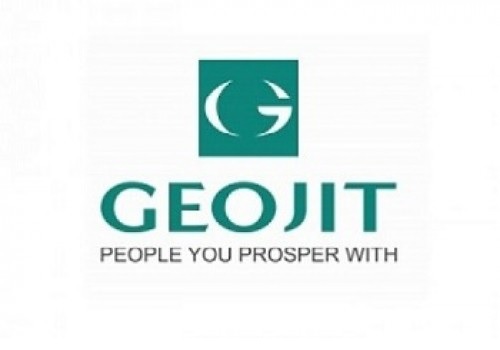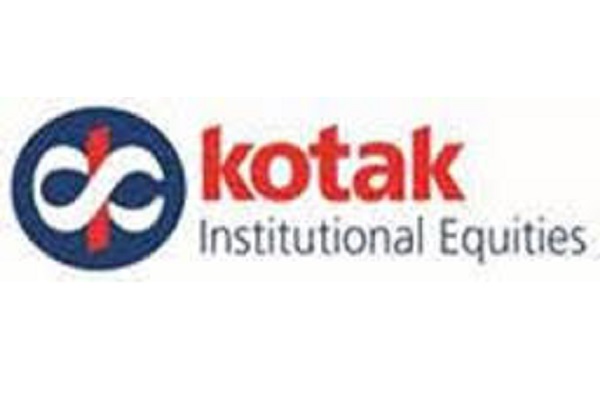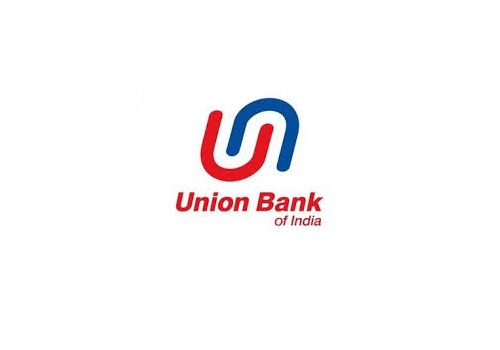Banking Sector Update :Lenders continue to keep a tight vigil on credit cards By Kotak Institutional Equities

Lenders continue to keep a tight vigil on credit cards
The recent data from the RBI shows the following trends on credit cards. (1) The net growth in addition of credit cards has slowed (<10% yoy); while limit growth is slowing, it is still healthy at ~20% yoy. (2) We are seeing a slowdown across card ticket sizes, including large limit cards, suggesting some impact of the recent circular. (3) The western and southern regions dominate the credit card book for banks, but the southern region has slowed sharply. Growth has slowed sharply in metro regions, as lenders continue to tighten credit filters. (4) We see more transactions online than offline.
Most issuance and growth metrics continue to slowdown
The recent RBI data has largely pointed to a slowdown in the credit card business. (1) Net credit card growth is <10% yoy in the past two quarters. Limit growth has slowed to 18% yoy from 25-30% yoy seen earlier. The limit utilization of credit stands comfortably at ~20%. (2) A slowdown in growth is visible in metro regions (80% of loans). (3) The breakup of cards from a ticket size perspective suggests that card issuers are a lot more comfortable issuing credit cards with higher limits. 50% of the total receivables come from ~20% of the outstanding credit cards. 60% of the overall credit cards have limits of Rs0.025-0.20 mn; this contributes 45% of the receivable book. (4) The West and the South are the most important markets for credit cards. Of the total book, 75% is from these two regions in terms of the outstanding cards issued.
Spend growth, especially online, has slowed sharply
We see a sharp slowdown in overall credit card spends (<10% yoy). There is a sharper slowdown that we are witnessing in online spends as compared with offline spends (Exhibits 9-11). Two-thirds of the spends through credit cards is for online transactions, while one-third is for debit cards. In the online transaction market, 85% is through credit cards, while in offline card transactions, it is 65%. The data broadly suggests that the impact of UPI appears to be a lot stronger in hurting the growth of debit card transactions over credit cards at this point.
Channel checks suggest the book is on the mend for most players
Our recent conversations with lenders and channel checks suggest that the positive effects of the tightening of credit filters for the past two years are starting to show in the overall numbers as well. It began with the recent cohorts doing well, but as earlier and weaker cohorts slip into NPL or some form of impaired loans (SMA 0-2), the stock of these borrowers will eventually decline, leading to much lower credit costs. We have seen this in the recent results of SBI Cards and Payments, where net slippages have started to decline. We still need another quarter, at best, to confirm this thesis. Unlike the corporate NPL cycle, which tends to be fairly lumpy and volatile, retail businesses, including unsecured loans, tend to be relatively predictable. Revenue growth is likely to be lower in FY2026, as the incremental portfolio is likely to have a lower share of customers, who are likely to revolve as the focus was largely to reduce the riskiness of the portfolio.
Above views are of the author and not of the website kindly read disclaimer










More News

Media Sector Update : Cinemas glitter but parks jitter by Jinesh Joshi Research Analyst at P...













